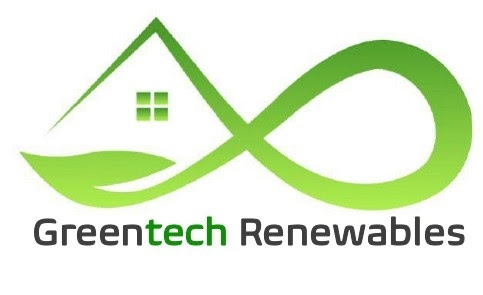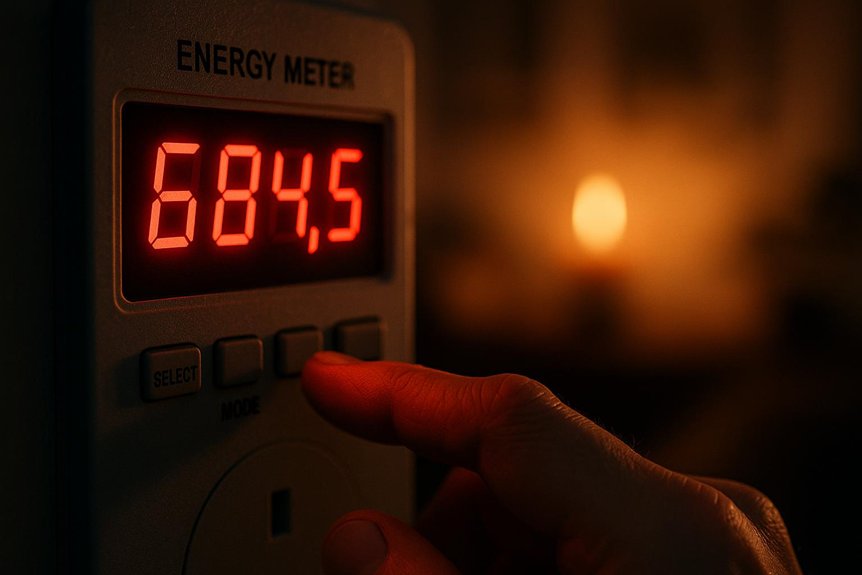Starting October 1, 2025, the energy price cap will increase by 2%, setting a new annual limit of £1,755 for dual-fuel direct debit households. Gas prices will rise to 6.29p per kWh and electricity to 26.35p per kWh, while standing charges will also increase. This change affects around 20 million variable tariff customers, reflecting higher transmission and wholesale costs. Understanding these adjustments can help you manage your energy expenses more effectively.
Overview of the October 2025 Energy Price Cap Increase
Although the energy price cap will only rise by 2% starting October 1, 2025, this adjustment increases the cap to £1,755 for dual-fuel direct debit households, up from £1,720. This new cap sets gas prices at 6.29p per kWh and electricity prices at 26.35p per kWh, remaining in effect until December 31, 2025. Approximately 20 million households on variable tariffs will feel the impact of this increase, while those on fixed-rate deals won’t see changes. The rise reflects higher-than-expected transmission costs alongside ongoing global geopolitical tensions affecting wholesale energy prices. Since Ofgem adjusts the price cap quarterly, you should be prepared for possible future changes depending on continued fluctuations in wholesale market costs.
Breakdown of New Gas and Electricity Unit Rates
The new energy price cap set for October 1, 2025, not only raises the overall annual limit to £1,755 for a typical dual-fuel household but also specifies updated unit rates for gas and electricity that directly impact your monthly bills. Gas unit rates will increase to 6.29p per kWh, while electricity rates will rise to 26.35p per kWh. Standing charges will also go up, reaching 34.03p daily for gas and 53.68p for electricity. These adjustments affect about 20 million households on variable tariffs, while those on fixed deals remain unaffected. Understanding these specific rates helps you anticipate your energy expenses more accurately.
| Charge Type | Rate |
|---|---|
| Gas Unit Rate | 6.29p per kWh |
| Electricity Unit Rate | 26.35p per kWh |
| Gas Standing Charge | 34.03p per day |
| Electricity Standing Charge | 53.68p per day |
| Annual Cap | £1,755 per year |
Factors Driving the Price Cap Adjustment
Since energy costs hinge heavily on wholesale market prices and infrastructure expenses, recent increases in transmission costs have played a significant role in driving the October 2025 price cap adjustment to £1,755. This 2% rise from the previous cap reflects the higher-than-expected costs associated with delivering energy across the network. Additionally, the price cap calculations incorporate the average gas and electricity prices, which are set at 6.29p per kWh and 26.35p per kWh respectively until the end of the year. Ofgem’s quarterly reviews guarantee the cap mirrors fluctuations in wholesale markets, which can be influenced by geopolitical tensions and other external factors. Understanding these drivers helps explain why the cap has increased despite efforts to stabilize energy costs.
Impact on Households With Variable Tariffs
When the new energy price cap takes effect on 1 October 2025, households on variable tariffs will see their annual energy bills rise to an average of £1,755, reflecting a 2% increase from the previous cap. This adjustment sets maximum unit rates at 6.29p per kWh for gas and 26.35p per kWh for electricity, impacting roughly 20 million households. Since variable tariffs fluctuate with wholesale market costs, your bill will directly reflect these changes. If you consume more than the typical annual amounts—11,500 kWh for gas and 2,700 kWh for electricity—you should expect to pay more than the average. Conversely, if your usage is lower, your bill will be less. This makes monitoring your consumption essential to managing the financial impact of the new price cap.
Comparison With Previous Price Caps and Historical Trends
Although energy prices have fluctuated since the introduction of the price cap, the upcoming increase to £1,755 marks a 2% rise from the previous cap and stands 44% higher than costs seen in the winter of 2021/22. You’ll notice that this rise follows a turbulent period, especially after the Russia-Ukraine conflict in early 2022, which caused sharp spikes. The Energy Price Guarantee, introduced in October 2022, temporarily softened these increases but ended in March 2024, leading to the current adjustments. Daily standing charges will also climb, reaching 53.68p for electricity and 34.03p for gas. By comparing these figures to historical data, you can see that while the cap has shifted often, the recent trend reflects sustained upward pressure on energy costs, requiring careful attention to market changes.
Options for Consumers to Manage Rising Energy Costs
If you want to manage the impact of rising energy costs, exploring your options carefully is essential, as switching energy suppliers can save you around £200 annually on average. You should consider fixed energy deals, currently about 17% cheaper than the price cap, which offer price certainty amid market fluctuations. Be aware that standing charges for gas and electricity are expected to rise by 12% and 4%, respectively, increasing your fixed costs. Additionally, monitoring your energy consumption and adopting efficiency measures can help reduce overall expenses despite rising tariffs. By combining supplier comparison, fixed contracts, and efficiency improvements, you can better control your energy bills as the price cap increases to £1,755 for typical dual-fuel households starting October 2025. Moreover, investing in solar panels can significantly reduce your electricity bills, providing a long-term solution to manage energy costs effectively.
Future Projections for Energy Prices in 2026
As energy prices continue to fluctuate, understanding the projections for 2026 becomes essential for planning your household budget. The energy price cap is expected to be £1,754 in Q4 2025, marking a 2% increase from the previous cap. However, forecasts for early 2026 suggest some relief, with Cornwall Insight predicting a decrease to around £1,712.20 in Q1 2026. EON expects a dip to £1,694 in January, followed by a rise to £1,744 in April. EDF Energy and British Gas foresee similar patterns, with initial decreases near £1,745, then increases up to £1,847 and £1,885, respectively, by April. These variations highlight the uncertainty in energy pricing, so staying informed will help you adjust your spending effectively.


